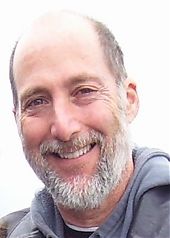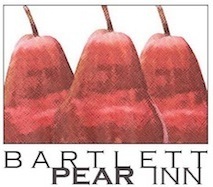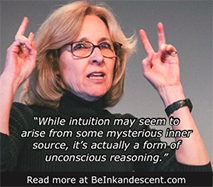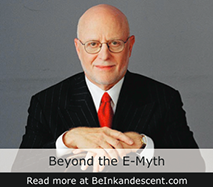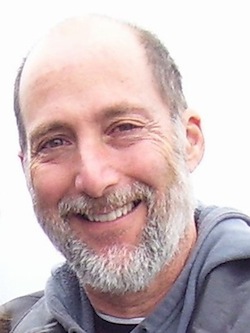
When former Washington Post Magazine editor Tom Shroder was a 21-year-old college journalist, he noticed an article about a charismatic hippie with a pet wolf who was building a house in the woods. His name was Rick Doblin, then 22.
“He was trying to live authentically, guided by an inner light rather than society’s preconceived ideas; consciously working to discover and create his own destiny rather than trudging along the rutted tracks set before him,” Shroder explains decades later in his new book, Acid Test: LSD, Ecstasy, and the Power to Heal.
In the years since, Shroder has written about Doblin numerous times—the former hippie went on to become a leader in the psychedelic healing community. He founded the Multidisciplinary Association of Psychedelic Studies (MAPS) and has been at the forefront of the fight to advance the responsible use of psychedelic therapy for more than 30 years.
LSD? Ecstasy? Really?
Yes, insists Shroder, who encourages us to open our minds to the fact that lysergic acid diethylamide (LSD) can heal. Though LSD is not addictive, when taken without medical supervision, this hallucinogen can be dangerous—even lethal. But Shroder insists there is more to the story.

In this podcast interview you’ll learn:
- What inspired Shroder to write the book
- What scientist Albert Hofmann discovered when he brewed the first batch of LSD
- How LSD has helped veterans suffering from PTSD, as well as those struggling with depression, alcoholism, and other stress-related disorders
- … and more.
And read our interview with Shroder in the October 2014 issue of Be Inkandescent magazine.











